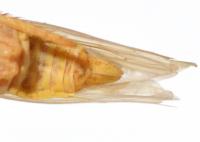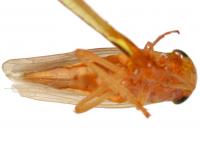|
|
|
|
Species Photo Gallery for Chlorotettix unicolor No Common Name 3 |
 | Photo by: Kyle Kittelberger
Out Of State Co.
Comment: females and male; NCSU specimens |  | Photo by: Kyle Kittelberger
Out Of State Co.
Comment: females and male; NCSU specimens |
 | Photo by: Kyle Kittelberger
Out Of State Co.
Comment: females and male; NCSU specimens |

 »
»

 »
»